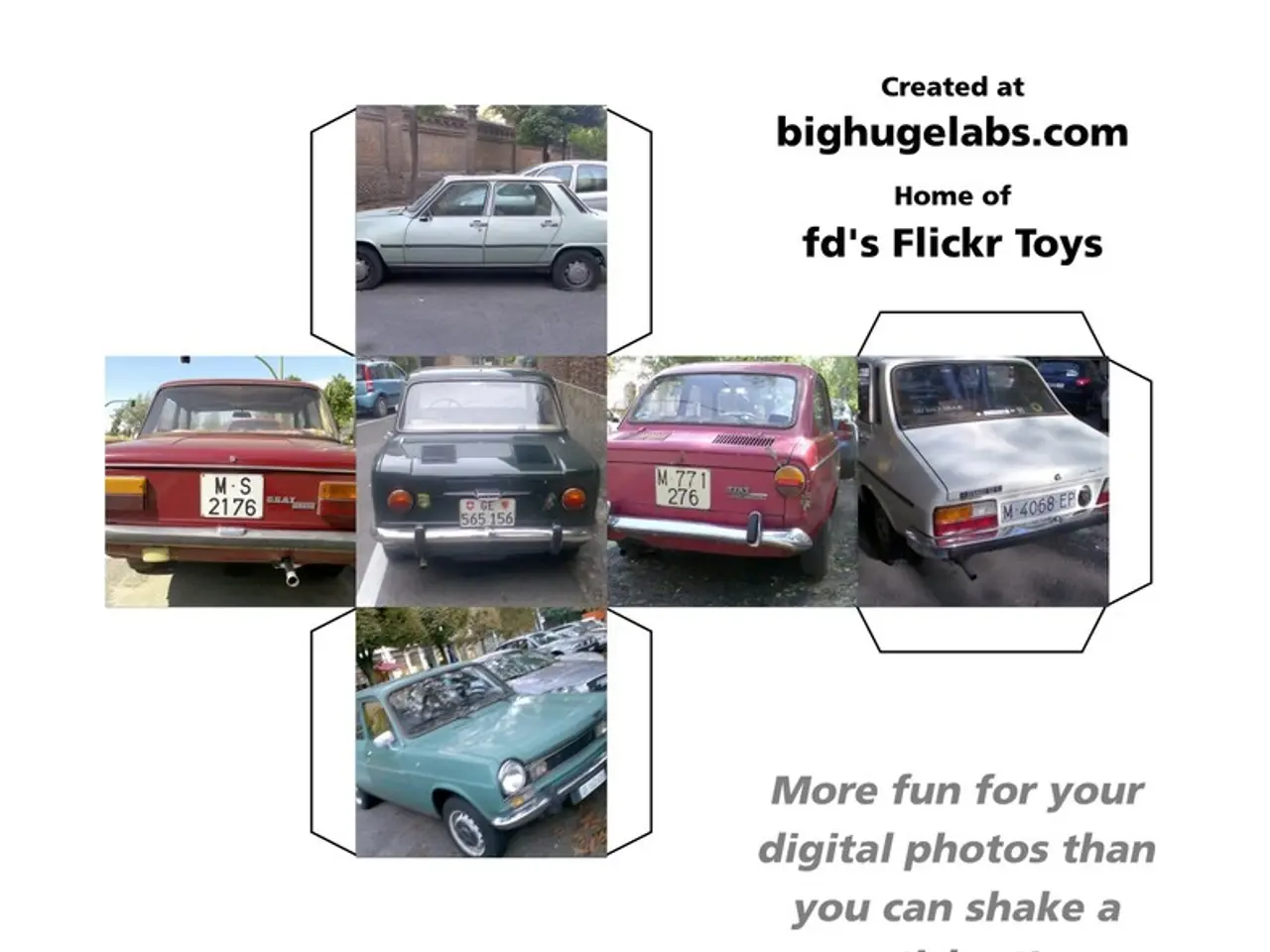Utilizing English for Commuting through Public Transit Systems
Navigating public transportation in non-English speaking countries can be a daunting task, but with the right tools and a little preparation, it becomes a breeze. Here's a guide to help you traverse complex transit systems with ease.
Before your trip, download local transit apps such as Citymapper, Moovit, or official city apps. These apps offer real-time updates, route planning, and often offline capabilities, ensuring you stay informed and on track. Google Maps is also a reliable option, working well in many cities even when offline.
Purchasing a transit pass or reloadable card is another smart move. Not only does it simplify payments, but it often offers tourist discounts and makes traveling smoother. In many cities, you'll find contactless payment options or mobile ticketing through apps, bypassing language barriers.
In places like Seoul, signage often includes English or Romanized text, and locals in tourist areas may speak some English. However, having basic travel phrases or a translation app is helpful, especially when dealing with less touristy areas.
Using local ride-hailing apps like Kakao T in Seoul, Uber or alternatives like Freenow and Bolt in Europe, provides additional flexibility.
It's important to understand peak travel times and how to read transit information in the local language. Public transportation issues such as network disruptions or delays can be mitigated by checking apps or real-time updates on websites.
Safety is paramount when navigating public transport in a foreign country. Remain aware of your surroundings, avoid drawing unnecessary attention to yourself, and trust your instincts. Familiarizing yourself with common symbols used globally on signs can help understand announcements and signs.
Researching the public transport system of your destination beforehand can significantly impact your experience. Developing proficiency in English for public transportation yields substantial benefits for international travelers. Having a local SIM card or a portable Wi-Fi device ensures communication means in case of emergencies.
In case of an issue with a ticket, head directly to a service desk with receipts or digital proofs to make rectifying the mistake easier. Knowing emergency exits and keeping emergency contact numbers handy is also prudent.
Lastly, familiarizing yourself with local customs and etiquette concerning transportation can help you blend in more easily and avoid any potential conflicts. By following this guide, you'll ensure smoother navigation, cost savings, and reduced stress when using public transport in non-English speaking countries.
Adopting a travel lifestyle that includes downloading local transit apps for real-time updates and route planning can help navigate complex transit systems with ease in non-English speaking countries. A tourist-friendly lifestyle also includes purchasing a transit pass or reloadable card for simplified payments and potential tourist discounts.




